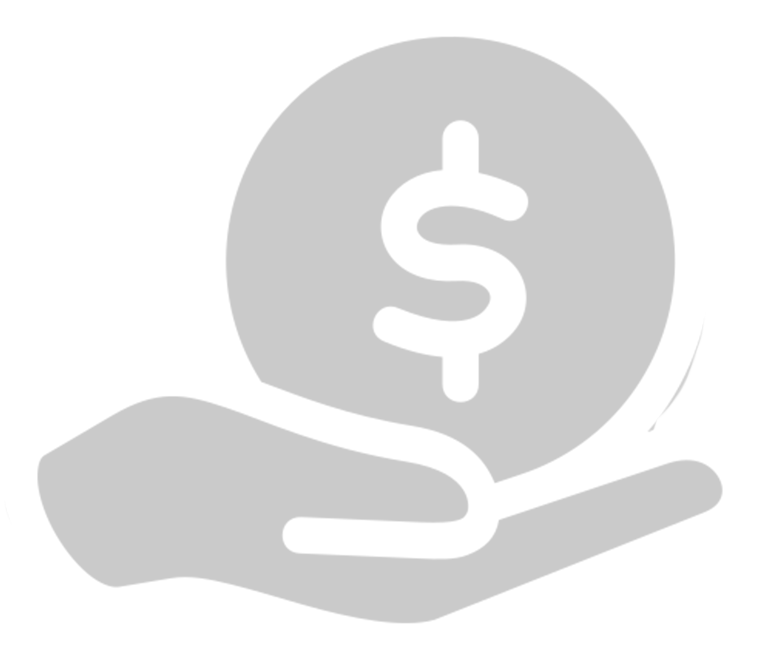Hair has different characteristics that not only influence its appearance, but also the likelihood of hair loss and success with a graft: color, waviness, thickness and scalp oil production are some of the factors to classify it and define the most appropriate hair care.
Today on the Hairfix blog we will analyze the results with curly vs. straight hair grafts to determine the success and possible challenges in each case.
Tabla de Contenidos
Is there a relationship between hair types and alopecia?
In general, there are straight, wavy and curly hairs, which can have a wide, fine or medium thickness. In addition, the scalp can be dry, normal or oily.
Of these hair types, those that tend to produce more oil are the ones that suffer the most from alopecia. This is because sebum weakens the follicles, causing the hair to lose its thickness and fall out.
However, any type of hair can be affected by alopecia, temporary or permanent, as the factors that influence this condition are related to genetics, race, diet and lifestyle habits.
For example, curly hair is often affected by bad hairstyling habits: the use of straightening irons, tugging to straighten it and combing it into tight pigtails or braids, which cause traction alopecia.
This group includes black people, who tend to wear tight braids to style their hair with an “afro” texture and are therefore often affected by traction alopecia at a very young age.
Asian or Oriental people, on the other hand, have straighter and finer hair than Europeans, who tend to have wavy hair of medium thickness.
Curly vs. straight hair grafts, does hair type influence the transplant?
The texture of the hair can influence some aspects related to hair grafts, although very satisfactory results can be obtained with both types of hair. Before the implant, the patient must be assessed to analyze the structure of the hair follicle and hair, which will depend on whether it is a candidate for the process and the number of follicles to be removed.
After determining the suitability of the candidate for the graft, the next step is to make the design based on the shape of your face, age and hairstyle preferences. In the case of people with curly hair, the challenge is to achieve a natural look while respecting the angle of growth.
While the grafting process is similar between curly and straight hair, the extraction of follicular units can be more delicate in the case of curly hair due to its natural curvature.
However, curly hair grafts usually require fewer follicles to be removed. This is because curls give an appearance of greater density and volume than straight hair. Also, the color and thickness of the transplanted hair influences the sensation of density, so a person with dark, thick, curly hair will have more volume than someone with straight, fine, blond or gray hair.

Is hair texture an impediment to a transplant?
No. Hair texture alone is not an impediment to a hair graft. The unsuitability of a candidate is related to the lack of stability of alopecia, hormonal changes related to hair growth, a thin, weak hair or not having enough hair in the donor area.
Post-grafting care depending on hair type
After the graft, the transplanted hair will grow with the same characteristics it had originally. This means that if it was dark and curly, it will remain dark and curly, so no differences will be noticeable.
Post-transplant care is similar between people with curly and straight hair, but it may be necessary to use specific products to define the curls and avoid frizz. In addition, it is recommended to avoid tight hairstyles or pulling when combing to avoid pulling out both the implanted and natural follicles.
In summary, the hair grafting process is the same for curly, wavy and straight hair. The extraction must be more delicate in curly hair and the perception of density may be greater in a wavy and thick hair than in a straight and fine hair.

Make an appointment at Hairfix and recover the density of your mane
Whether you have curly or wavy hair, at Hairfix we can help you regain the density of your mane. Our Tijuana hair transplant specialists will assess your case and recommend the best treatment for you. Schedule your hair graft assessment appointment and also ask about our mesotherapy service to nourish your hair follicles. Put yourself in the hands of our specialists today!





